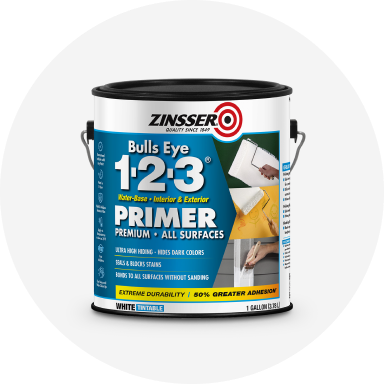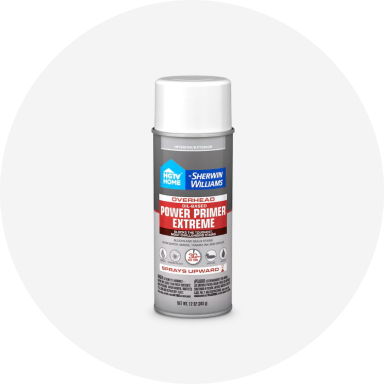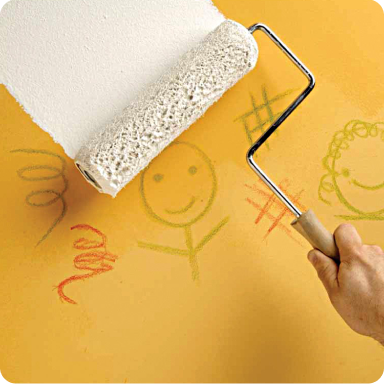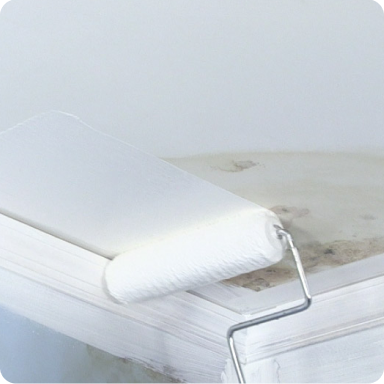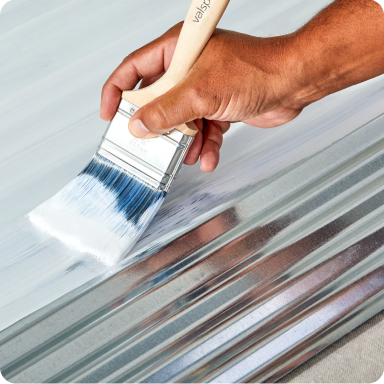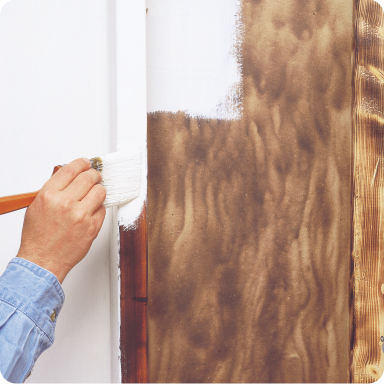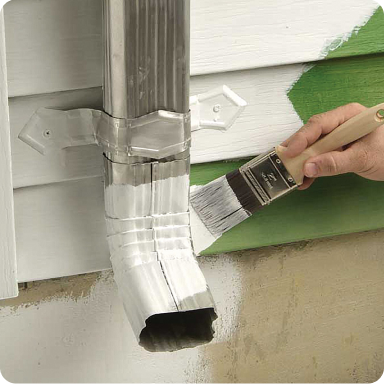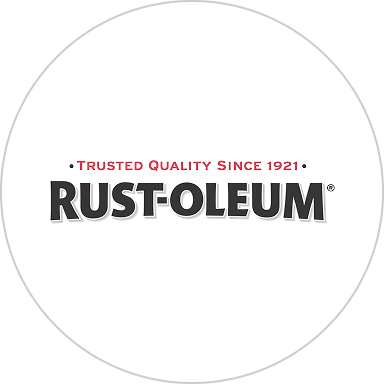Prices, Promotions, styles, and availability may vary. Our local stores do not honor online pricing. Prices and availability of products and services are subject to change without notice. Errors will be corrected where discovered, and Lowe's reserves the right to revoke any stated offer and to correct any errors, inaccuracies or omissions including after an order has been submitted.
Primer
Get the Right Primer for the Job
From primers that block stains and odors to ones that resist mold and rust, find the best primer for your specific project.
When to Use a Primer
There are several good-use cases for primer, including painting over darker walls, applying paint to porous surfaces, like drywall, and more.
Previous Color
When changing paint from dark to light, prime the surface to reduce the number of paint coats you’ll need to apply.
Popular Primer Brands
When it comes to trusted primer brands, we carry several of the most popular options on the market.
Get Primer Tips & Tricks
Convenient Shopping Every Day
Primer for Every Painting Job
Do You Need Primer to Paint?
Not every paint job requires primer, but in many cases, it’ll help you get better results. Primer covers the surface prior to painting in order to achieve a professional and smooth look. Primer offers multiple benefits and comes in several types. If you have a large painting job coming up, purchase a 5-gallon bucket of your favorite primer at Lowe’s.
Benefits
-
Smooth Wall Surface
The main reason to use primer is to ensure that the surface or wall is smooth for application. Depending on the material, walls can have varying porosities. Applying primer helps create a smooth painting surface instead of one with small holes or inconsistencies due to the paint penetrating the material unevenly.
-
Coverage
A worn wall or surface can have a bit of wear and tear, including stains. If you have a dark stain on your surface and plan to paint it white, that stain may be visible if you don’t use primer. Primer also helps cover up odors, mold and imperfections in the wall beneath.
Types of Primer
- Water-Based Primer
Water-based primers serve as an alternative to solvent-based primers. If you’re looking for a quick-drying primer, this is a great option. Since it’s water based, this primer cleans easily from paint brushes.
-
Oil-Based Primer
Oil-based primer is ideal for any unfinished or bare wood material. The primer seals the pores in the wood, creating a smooth and even surface for painting. This is ideal for both interior and exterior spaces.
-
Shellac Primer
If you have various stains, shellac primer is the ideal choice. You can use it to cover rough surfaces and old varnish as well as metal and ceramic.
-
Aerosol Spray Primer
Aerosol spray primer works well for metal or plastic surfaces. It’s pressurized and provides an even coat.
-
Tintable Primer
Most primers are tintable, which is optimal for achieving the fullest coverage. This primer is a shade or two lighter than your finishing coat and helps you see where you’ve previously applied the primer.
When to Use Primer for Walls
There are many factors to take into account when deciding whether or not to use primer. Consider the following if you’re unsure if it’s the right decision for your surfaces:
-
Contrasting Colors
Covering up dark walls with a light color can be tricky without primer. A high-hiding primer ensures that the true color of the paint comes through on the walls. Without it, the color can appear a bit murky.
-
Stained Surfaces
When the walls are stained, it’s vital to use a primer to get full coverage of the new color without any spotty inconsistencies.
-
Wood or Porous Surfaces
The type of material you’re dealing with is especially important. Wood is quite porous and requires priming before painting. With drywall, the level of porosity varies.
-
Contrasting Luster
Some paints come in a glossy base, while others are matte. Glossy bases don’t hold paint well without a bit of light sanding and primer. This helps the new paint to stick rather than just sit on top of the previous color.
-
Self-Priming Paints
Self-priming paint is thicker in consistency and can take longer to dry. However, many do-it-yourself enthusiasts prefer this method and see it as a one-stop solution. While self-priming paint is a good option, using a separate primer and paint is generally recommended.
Shop our selection at Lowe’s for ProBlock primer, HGTV Home® by Sherwin-Williams primer, Zinsser primer and Valspar® primer to get the painting results you want.


